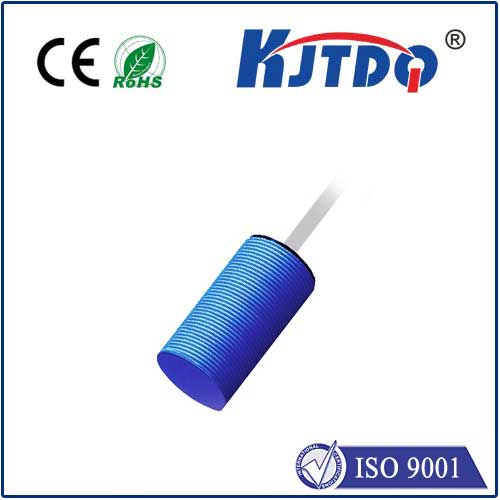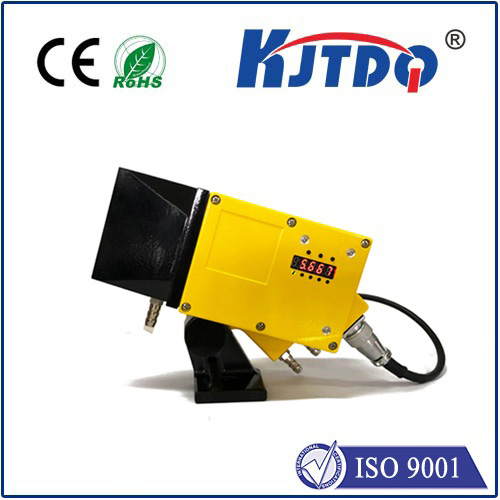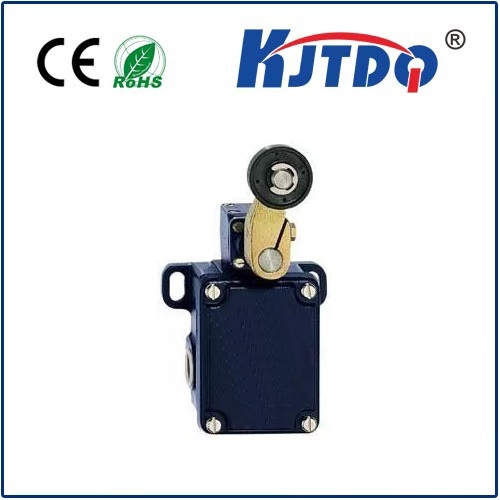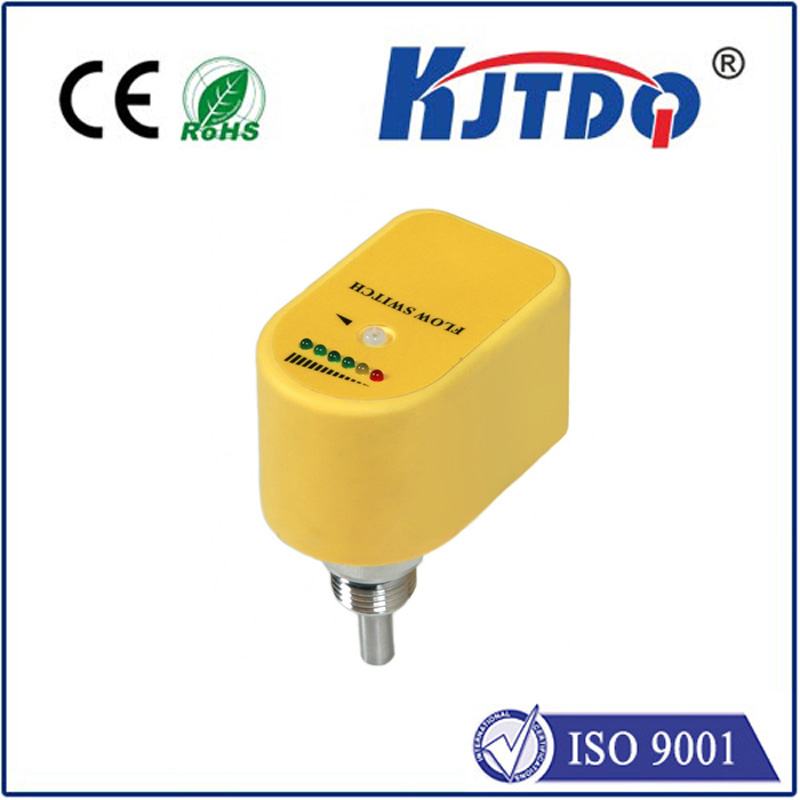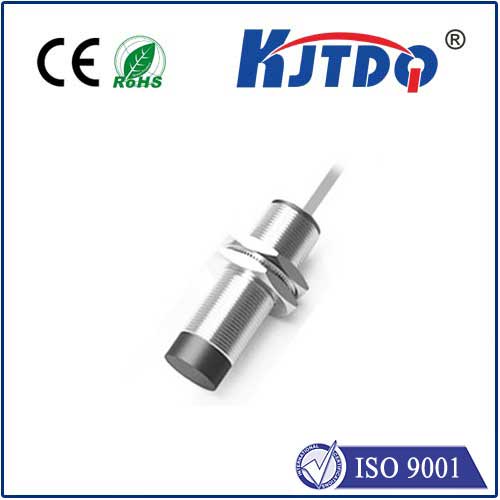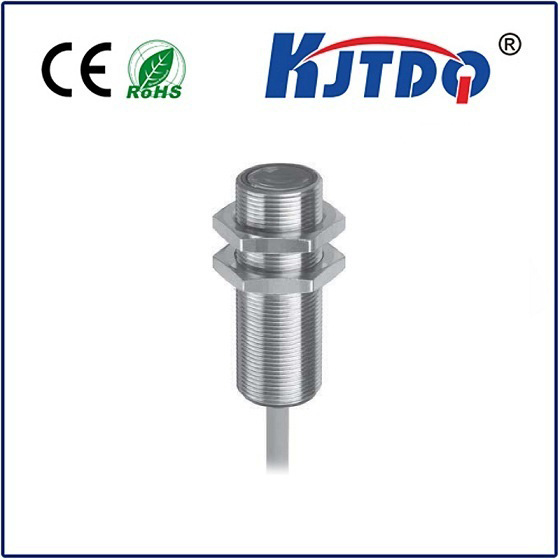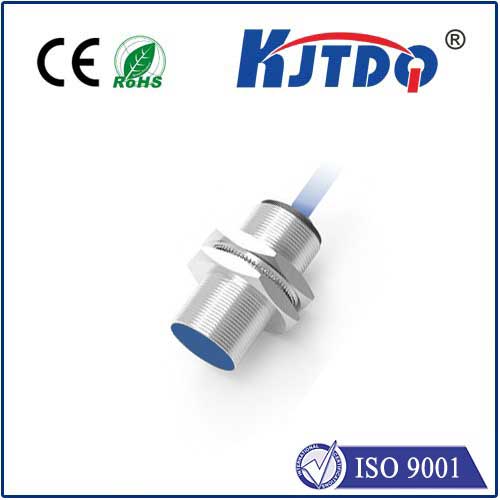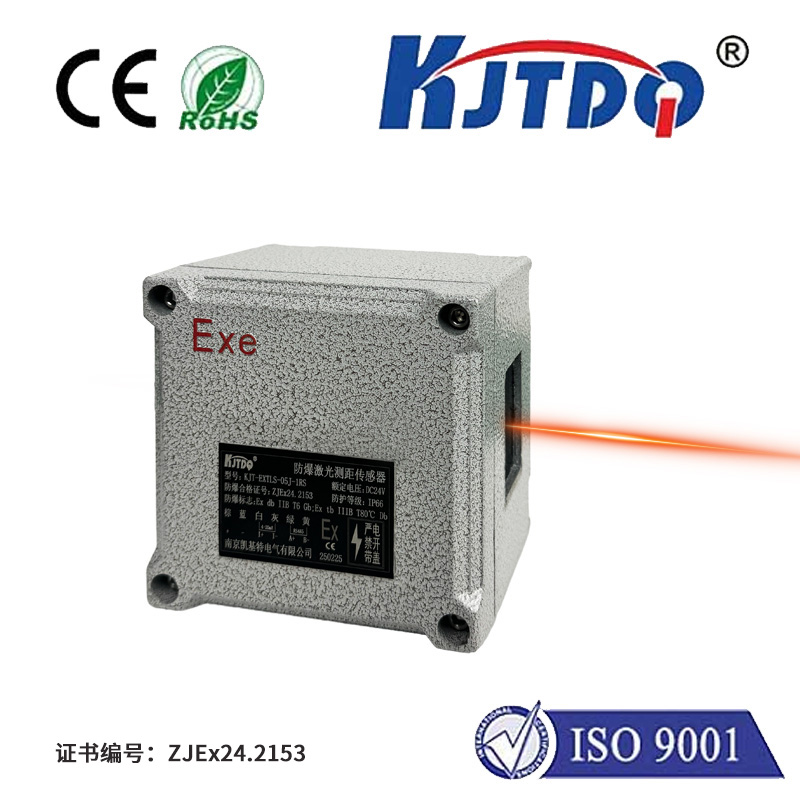proximity sensor for water level
- time:2025-07-15 08:45:57
- Click:0
Proximity Sensors for Water Level Monitoring: Benefits and Applications
Water is life, but managing it efficiently, safely, and sustainably is a constant challenge across countless industries and applications. Whether it’s preventing industrial tanks from overflowing, ensuring wastewater treatment processes run smoothly, optimizing irrigation, or keeping your coffee maker functioning, accurately knowing the water level is paramount. Traditional methods like float switches or conductive probes, while functional, often grapple with issues like mechanical wear, fouling, corrosion, and limited lifespan when immersed in water. This is where proximity sensors for water level detection offer a compelling, robust, and often superior alternative. By leveraging non-contact measurement principles, these sensors provide reliable data without touching the liquid itself, overcoming many limitations of their predecessors.
Understanding the Core Technology: How Do Proximity Sensors “Sense” Water?
At their heart, proximity sensors detect the presence or absence of a target object within a specified sensing range without physical contact. For water level monitoring, the primary types used are capacitive proximity sensors and, to a lesser extent for specific scenarios, inductive proximity sensors.
- Capacitive Proximity Sensors: This is the most common and versatile type for detecting water levels. They work by generating an electrostatic field emanating from the sensor face. When a target (in this case, water or another liquid) enters this field, it alters the sensor’s capacitance – essentially its ability to store an electrical charge. Water has a significantly higher dielectric constant than air. This change in capacitance is precisely measured by the sensor’s internal circuitry. Once the change exceeds a predefined threshold (indicating the water level has reached the sensor), the sensor triggers its output signal (e.g., switches a relay or sends a digital signal). Crucially, capacitive sensors can detect water even through non-metallic tank walls (like plastic or glass), offering immense installation flexibility.
- Inductive Proximity Sensors: These sensors generate an electromagnetic field and detect disturbances caused by conductive metallic targets. They are primarily used for water level detection only when a float containing a metal target (like a magnet or metal ring) is employed. While not directly sensing the water itself, they offer a very robust solution for point-level detection in scenarios involving floats, benefiting from the inherent immunity to harsh environments (dirt, moisture, vibration) that inductive sensors provide. The movement of the float-mounted metal target past the sensor face triggers the output.
Why Choose Proximity Sensors for Water Level Control? The Key Advantages
The shift towards proximity sensors for water level applications is driven by several significant advantages over traditional contact methods:
- Non-Contact Measurement: This is the cornerstone benefit. No moving parts touch the water, eliminating mechanical wear, reducing the risk of sensor damage from agitation or debris, and significantly extending operational lifespan.
- Immunity to Corrosion and Fouling: Since the sensing element doesn’t immerse, it avoids direct exposure to corrosive chemicals, scaling, slime, or other contaminants common in water tanks, sumps, and processing lines. This translates to lower maintenance requirements and higher long-term reliability.
- High Reliability and Longevity: The absence of mechanical components prone to sticking or wearing out, combined with resistance to environmental factors, makes proximity sensors exceptionally dependable for continuous water level monitoring.
- Suitability for Various Media: Capacitive sensors can detect a wide range of liquids – water, oils, chemicals, slurries, and even granular materials – as long as their dielectric constant differs sufficiently from air. This versatility is crucial for diverse applications.
- Clean Operation: No contact means no risk of contaminating sensitive liquids (e.g., in pharmaceutical or food/beverage processes) with sensor materials.
- Point-Level Accuracy: Proximity sensors excel at providing precise point-level detection (e.g., high-level alarm, low-level alarm, pump control on/off points). While not typically used for continuous level measurement across a wide range (like ultrasonic or radar sensors), their accuracy at specific set points is excellent.
- Simple Installation and Calibration: Installation is often straightforward, especially tank-mounted capacitive sensors. Calibration usually involves simple potentiometer adjustment or teach-in procedures to set the switching point accurately for the specific liquid.
Diverse Applications: Where Proximity Sensors Excel in Water Level Monitoring
The unique strengths of proximity sensors make them ideal solutions across numerous sectors:
- Industrial Tank Monitoring: Providing reliable high-level alarm and low-level alarm signals in storage tanks for process water, coolant, chemicals, or raw materials. Prevents dangerous overfills and protects pumps from dry running. Capacitive sensors mounted externally on plastic tanks are a common, cost-effective solution.
- Wastewater and Water Treatment: Monitoring levels in sumps, lift stations, clarifiers, and holding tanks. Their resistance to fouling and corrosive elements (common in wastewater) is critical here. Used to control pump activation for sump dewatering and transfer.
- Agriculture and Irrigation: Managing water levels in reservoirs, tanks, and troughs. Can control pump systems for filling and prevent overflow. Durability in outdoor and sometimes dusty environments is vital.
- HVAC Systems: Monitoring condensate levels in drip pans to prevent overflow and water damage. Ensuring proper levels in chilled water systems or cooling towers.
- Home Appliances: Found in dishwashers, washing machines, coffee makers, and water dispensers to detect proper fill levels and prevent leaks or overflows. Compact size and reliability are key.
- Food and Beverage Processing: Monitoring levels in ingredient mixing tanks, CIP (Clean-in-Place) systems, and final product storage, benefiting from the non-contaminating nature of the non-contact measurement.
- Leak Detection: Positioned in potential leak paths or containment areas (e.g., under machinery, in basements), proximity sensors can quickly detect the presence of accumulating water, triggering alarms.
Key Considerations for Implementation
Selecting and deploying the right proximity sensor for water level requires attention to a few parameters:
- Liquid Properties: For capacitive sensors, ensure the liquid’s dielectric constant is sufficient for reliable detection (water and water-based liquids are excellent). Conductivity also plays a minor role. For inductive sensors used with floats, the liquid properties primarily affect the float mechanism choice.
- Tank Material and Wall Thickness: Capacitive sensors must penetrate the tank wall to detect the water inside. The sensor’s specifications will define the maximum wall thickness it can reliably sense through for a given material.
- Temperature and Pressure Ranges: Ensure the chosen sensor is rated for the operating temperature of the liquid and the pressure inside the tank (especially if internally mounted).
- Required Output Signal: Determine if a simple switch output (NPN/PNP transistor, relay) is sufficient, or if an analog output (e.g., 4-20mA) representing a proximity value is needed (less common for point-level with standard prox sensors).
- Mounting: Options include tank wall mounting (external for capacitive), top mounting (looking down at the water surface), or side mounting (for float systems using inductive sensors). Consider accessibility and cable routing.
- Environment: Factor in ambient temperature, humidity, potential for washdown (requiring high IP ratings like IP67/IP69K), and exposure to chemicals or dust.
Conclusion
Proximity sensors, particularly capacitive types, have emerged as a highly reliable and practical solution for water level monitoring where point-level detection is required. By offering *non











